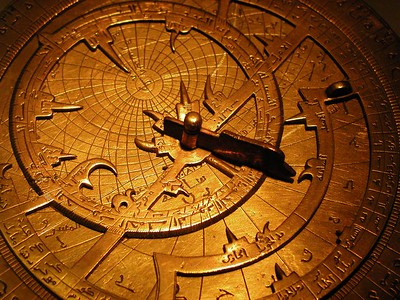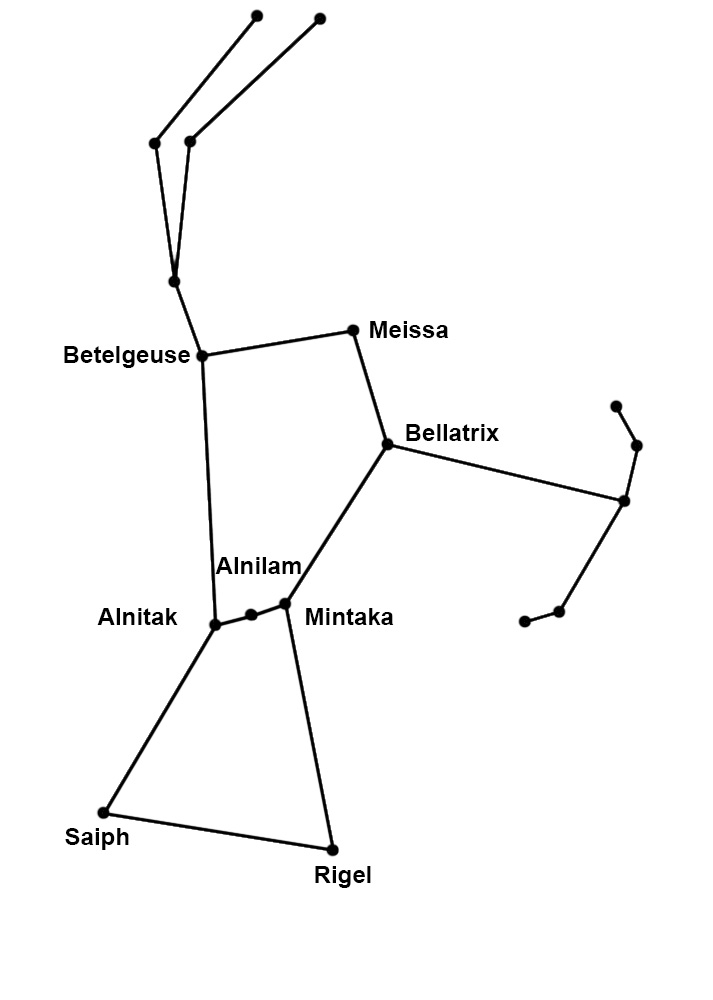Sections
| Literal Table of Contents | ||
|---|---|---|
Recent Updates
Learning SVG in a rather clumsy way. Writing SVG code directly into the Elliptical Orbits Part 1 page. In hindsight, not the best idea LOL.
Elliptical Orbits Part 1 in Astronomy
Simulations and Other Little Programs

I sometimes play around with VPython/GlowScript to simulate things like planetary orbits, pendulums, spring-mass systems, spacecraft trajectories. VPython is a relatively simple way to get into it. If you've added all the force vectors correctly, you can calculate acceleration, then use Euler's Method or Runge-Kutta to calculate the velocity and position.
- Euler's Method
- Mass on a Spring Goes boing boing
- Elliptical Orbit
- Earth and Mars Orbits and Distance to Each Other as They Orbit
- Hohmann Transfer from a lower orbit to a higher one.
- Simple JavaScript Solar System
- Simple JavaScript simulation of Elliptical Orbit
- Elliptical orbits: Different Shapes with same Orbital Periods
Other Little Programs
- Caesar Cypher, a very simple Substitution Cypher. No punctuations and spaces allowed, all letters must be lowercase.
- Vigenere Cypher, a more advanced cypher. No punctuations and spaces allowed, all letters must be lowercase.
- Another version of Vigenere that allows spaces and punctuation. Mistakenly coded as a=1 when it should be a=0.
- Vigenere Cypher correctly done (I hope).
Basics of Rocketry

Some very basic derivations of equations of rocketry. Why are rockets so big, and the things they launch so small?
-
Constants
Some constants used in the calculations - Derivation of Tsiolkovsky's Rocket Equation
- Delta Vee and Fuel Burned
- Reaching Orbit
- Multi Stage Rockets
- Exhaust Velocity and Specific Impulse
- Basic way to estimate average exhaust velocity
- Specific Impulse and Thrust of Ion vs Liquid Fuelled Engine
- To Low Mars Orbit and back to LEO
Astronomy: How do we know that?

How do we know what we know about the planets and stars, their distances and masses amd densities and temperature? Even before space flight, scientists could make educated guesses about them just from ground based observations. It's like space CSI.
This section shows how basic geometry and physics were used to deduce properties of astronomical bodies.
- Parallax: distance to the planets.
- Velocity and Period of an object in Circular Orbit.
- Using angle to measure Diameter of a Planet, Distance to its Moons and mass and density of the planet.
- Mass and Density of Jupiter and Saturn using their moons.
- Parsecs, distance to the closer stars.
- Light emission by hot objects: Colour and temperature of stars
- Elliptical Orbits Part 1
- Elliptical Orbits Part 2
- Hohmann Transfer from a lower orbit to a higher one.
- Orbital Rendezvous
- Why don't nebulas just collapse into one giant ball? Shell theorem and gravity.
Sufism

Sufi poetry and other material Bushaq the Gastronomer
"The stomach of Bushaq
is so stuffed with pie
He no longer searches for candy
And artichokes just won't fit anymore."
Fakhr e Jahan (Glory of the Universe)
We have been rooted in the skies,
we have been the friends of the angels,
And now we are going back there,
for there is our chief city.
Tai Chi


Dr Robert Parry's book whence I learned Tai Chi.
Just when the caterpillar thought the world was over, it became a butterfly.
Chuang Tzu
Books, and thoughts of books
Books, mostly science fiction.Red Mars by Kim Stanley Robinson
- Mars Trilogy, Thirty Years On (Part One)
- Mars Trilogy, Thirty Years On (Part Two): Psychological Profiles
- Mars Trilogy, Thirty Years On (Part Three): Alternative Economics
- Mars Trilogy, Thirty Years On (Part Four): Cultural Diversity vs Economic Hegemony
- Mars Trilogy, Thirty Years On (Part Five): Sufis on Mars
- Mars Trilogy, Thirty Years On (Part Six): Ultracapitalism
The Last Unicorn
The Last Unicorn, a book I found satisfying as an adult after the disappointment of rewatching the animated feature I'd loved as a kid.Sites I Like
- The Spanish Destreza Circle
- http://hyperphysics.phy-astr.gsu.edu/hbase/hph.html
- Schools Observatory Orrery
- Simon Singh's The Black Chamber
- https://galileoandeinstein.phys.virginia.edu/7010/home.html
- Atomic Rockets
- Orion's Arm
- Encyclopedia Astronautica
- https://simplifier.neocities.org/
- Tolkien Forum on Sf-Fandom.com (where I am known as Coconut Ent)
- Mystic Vault Society
Webcomics I follow


